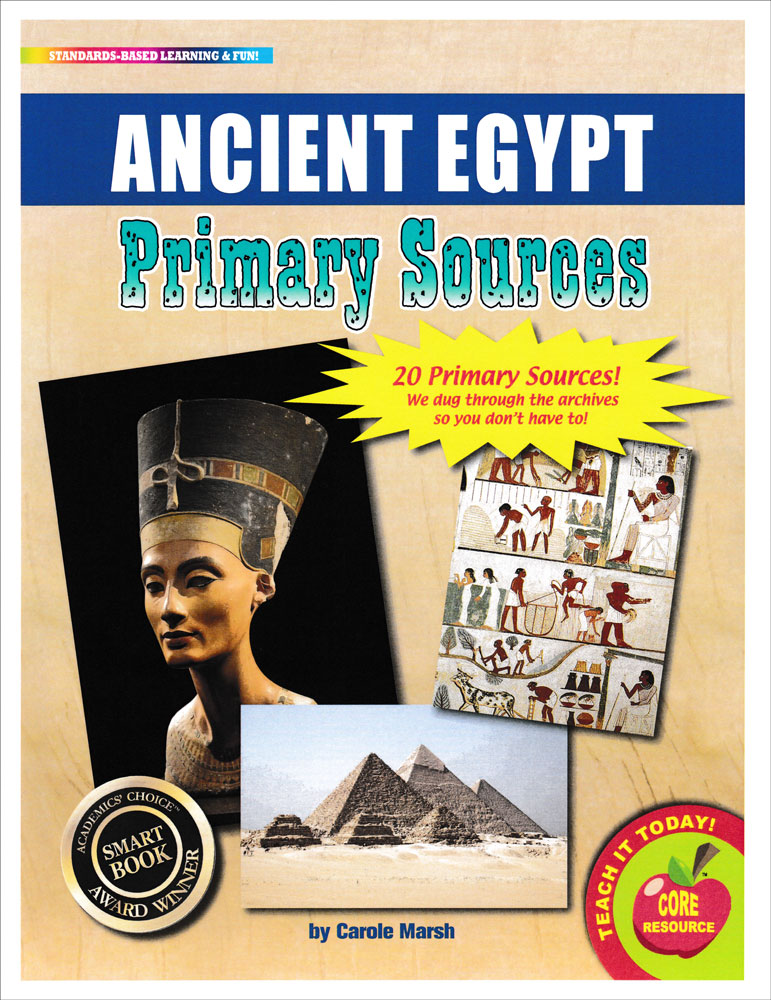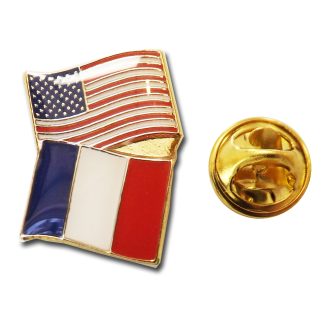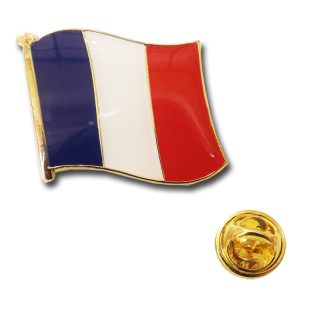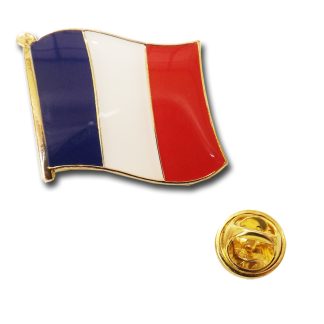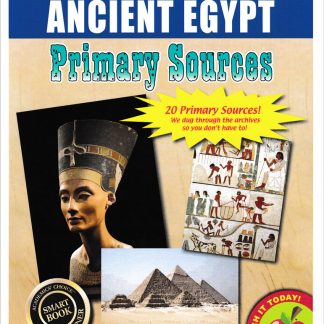Description
Ancient Egypt Primary Sources /emare just what teachers need to help students learn how to analyze primary sources in order to meet Common Core State Standards!Students participate in active learning by creating their own interpretations of history using historical documents. They’ll make observations, generate questions, organize information and ideas, think analytically, write persuasively or informatively, and cite evidence to support their opinions, hypotheses, and conclusions. Your students will learn how to integrate and evaluate information to deepen their understanding of historical events.The 20 Ancient Egypt Primary Sources /emare: Photograph of the bust of Nefertiti, wife of an Egyptian pharaoh–one of the most famous Egyptian art masterpieces dash; crafted in 1345 BCE Photograph of hieroglyphs from the tomb of Pharaoh Seti I dash; 13th century BCE Painting of farmer plowing with a yoke of horned cattle–painting from the burial chamber of Sennedjem dash; circa 1200 BCE Vignette from the Book of the Dead/em of Penmaat–a priest of Amun, Penmaat is shown burning incense and displaying the shaved head required for priestly purity dash; circa 950 BCE Farming scenes from a tomb showing workers plowing the fields, harvesting crops, and threshing grain dash; copy of a 15th century BCE picture Lithograph of the decorated pillars of the Temple at Karnac, Thebes, Egypt dash; 1846 Photograph of the Sphinx and Cheops Pyramid dash; 1901 Photograph showing excavation of Tutankhamun’s tomb in the Valley of the Kings dash; 1922 Photograph of archaeologist Howard Carter opening the innermost shrine of King Tutankhamun’s tomb near Luxor, Egypt dash; 1922 Satellite image of the Nile River and Delta dash; 2003 Photograph of mummy from the Egyptian collection at the British Museum in London, England dash; photo taken 2004 Photograph of a typical Naqada II jar (from the Predynastic Period) decorated with gazelles dash; photo taken 2004 Photograph of slab showing ancient Egyptian medical instruments, including bone saws, suction cups, knives and scalpels, retractors, scales, lances, chisels, and dental tools dash; photo taken 2005 Photograph of the Giza Pyramids dash; 2006 Photograph of Temple of Horus at Edfu dash; photo taken 2006 Slab showing two figures of the Egyptian god Hapi tying papyrus and reed plants in the sema tawy/em symbol for the unification of Upper and Lower Egypt dash; photo taken 2009 Photograph of statue of Egyptian goddess Bastet–the ancient Egyptians revered cats dash; photo taken 2012 Photograph of tile depicting the Eye of Horus, ancient Egyptian symbol of protection, royal power, and good health dash; photo taken 2012 Photograph of troop of funerary servant figurines (ushabtis/em) in ancient Egyptian tomb dash; photo taken 2013 Photograph of the entrance to the Luxor Temple–constructed approximately 1400 BCE dash; photo taken 2015Your students will: Think critically and analytically, interpret events, and question various perspectives of history. Participate in active learning by creating their own interpretations instead of memorizing facts and a writer’s interpretations. Integrate and evaluate information provided in diverse media formats to deepen their understanding of historical events. Create a more relevant and meaningful learning experience.span style=”color:#FF0000;”Download the Gallopade Free Online Teacher’s Guide for Primary Sources PDF located in ;ldquo;Additional Info.;rdquo;/spanAll levels. 8 x 11 inches each. Cardstock.
